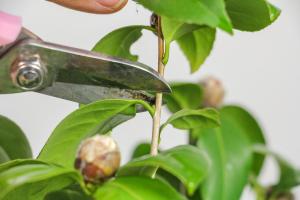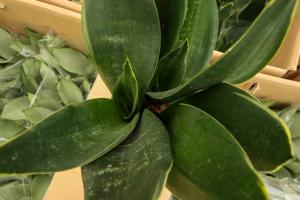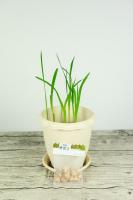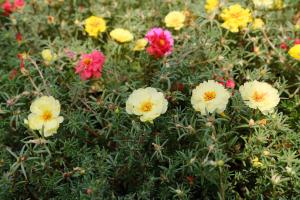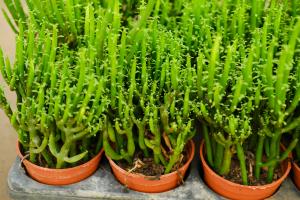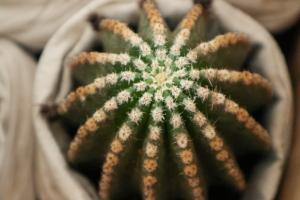When to Plant Spring Vegetables
Introduction
Springtime is the perfect season for growing a variety of vegetables. However, knowing exactly when to plant these vegetables is crucial for a successful harvest. In this article, we'll dive into the ideal timing for planting spring vegetables and how to ensure they thrive in your garden.
Finding Your Last Frost Date
One of the most important factors in determining the right time to plant your spring vegetables is your area's last expected frost date. Frost can harm or even kill tender plants, so it's important to avoid planting too early and risking damage. To find out the last frost date for your specific location, check with your local agricultural extension office or do some online research.
Ideal Planting Time for Spring Vegetables
Once you know your last frost date, you can plan backward to determine the best time to plant your spring vegetables. In general, it's best to plant cool weather crops about two to four weeks before the last expected frost. These vegetables include lettuce, spinach, peas, and broccoli. For warm weather crops, such as tomatoes and peppers, it's best to wait until after the last expected frost to plant them.
Soil Temperature and Preparation
Another important factor to consider when planting spring vegetables is soil temperature. While air temperature is important, soil temperature is a better indicator of when to plant. Most spring vegetables prefer soil temperatures between 50 and 65 degrees Fahrenheit. You can check your soil temperature with a thermometer, which can be purchased at a garden supply store.
To prepare your soil for planting, start by loosening it with a garden fork or tiller. Then, mix in a layer of compost to add nutrients and improve drainage. Finally, smooth the soil and create rows or beds for planting.
Tips for Successful Spring Vegetables
To ensure your spring vegetables thrive, be sure to follow these tips:
- Water regularly: Most vegetables need about an inch of water per week. If it hasn't rained in a while, be sure to water your plants.
- Fertilize properly: Use a balanced fertilizer to provide your plants with the nutrients they need to grow.
- Mulch around plants: Mulching helps retain moisture and suppress weeds. Use straw, leaves, or grass clippings as a natural mulch.
- Keep an eye out for pests: Insects and other pests can damage or kill your plants. Use natural pest control methods, such as diatomaceous earth or insecticidal soap, to keep pests at bay.
Conclusion
Planting spring vegetables can be a rewarding and enjoyable experience, but it's important to do it right. By considering factors like your last frost date and soil temperature, and following these tips for success, you'll be enjoying an abundant harvest in no time. Happy planting!

 how many times do yo...
how many times do yo... how many planted tre...
how many planted tre... how many pine trees ...
how many pine trees ... how many pecan trees...
how many pecan trees... how many plants comp...
how many plants comp... how many plants can ...
how many plants can ... how many plants and ...
how many plants and ... how many pepper plan...
how many pepper plan...